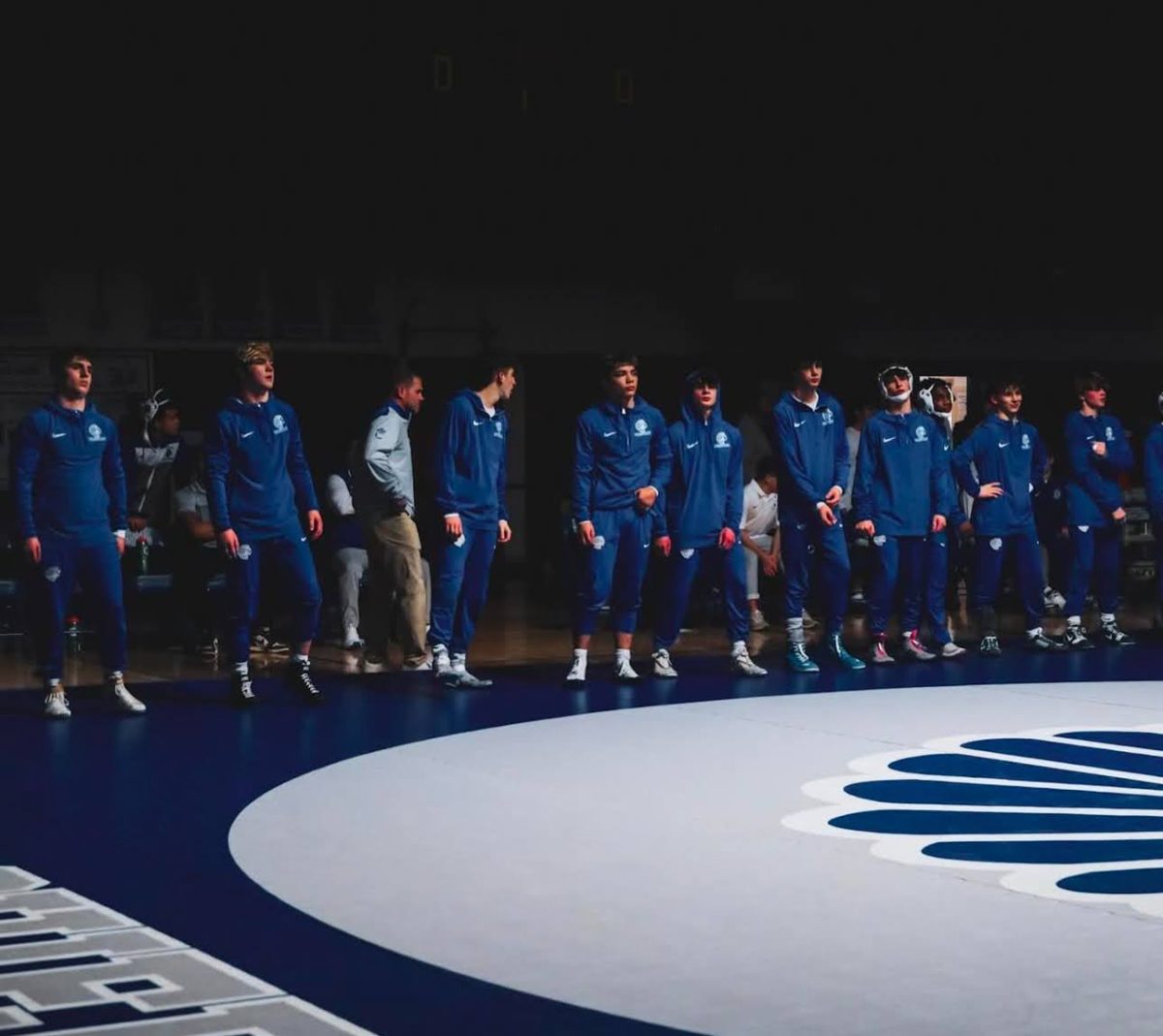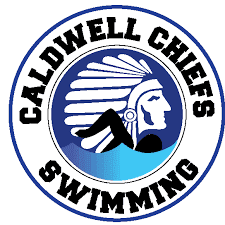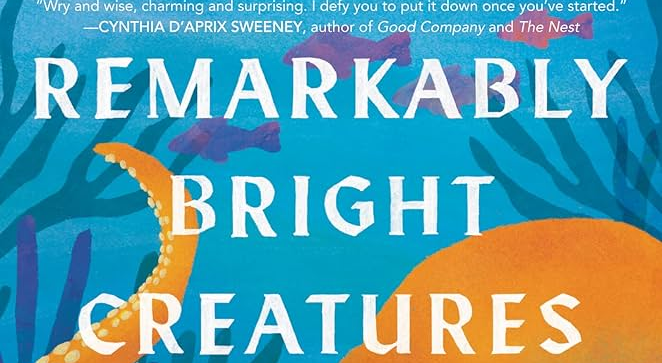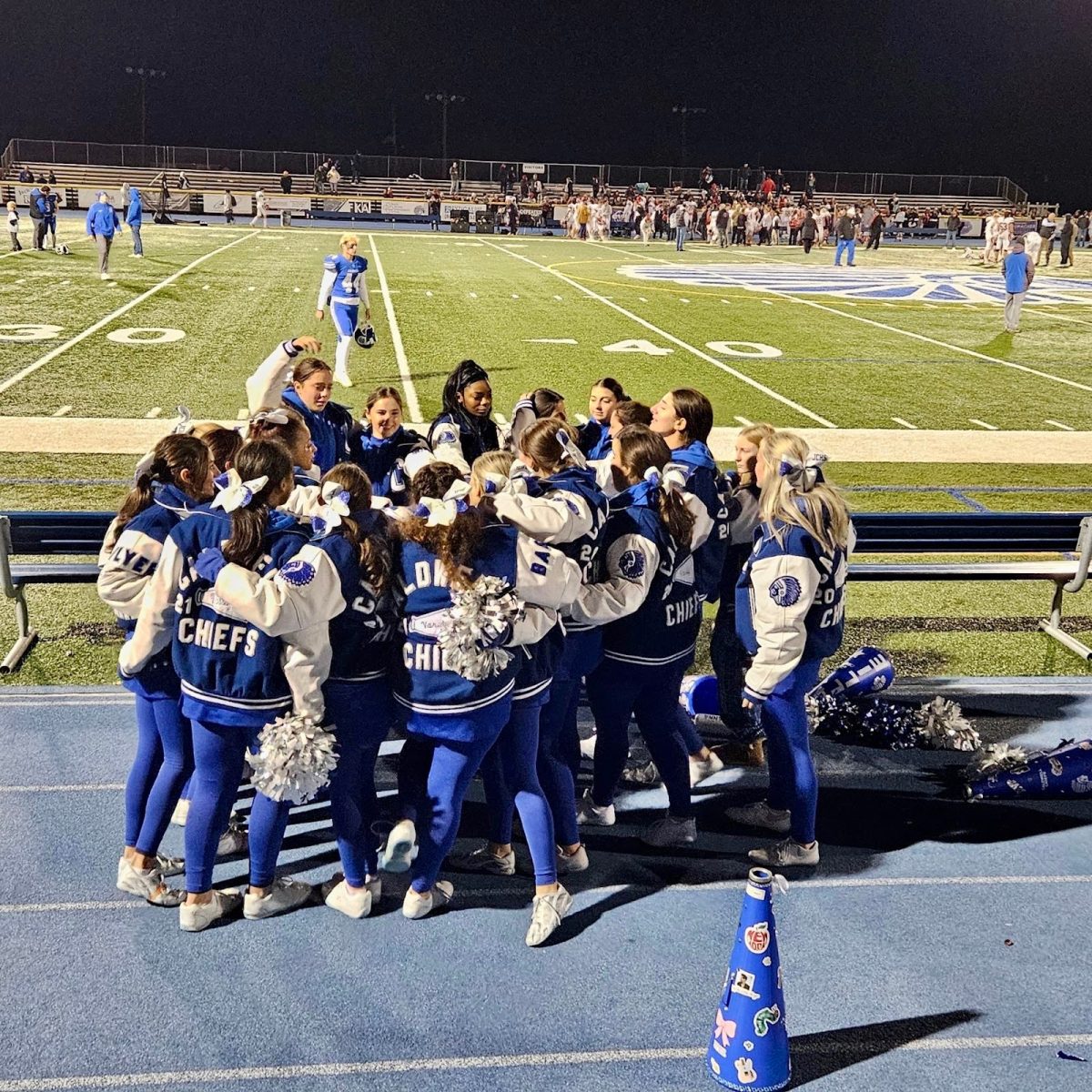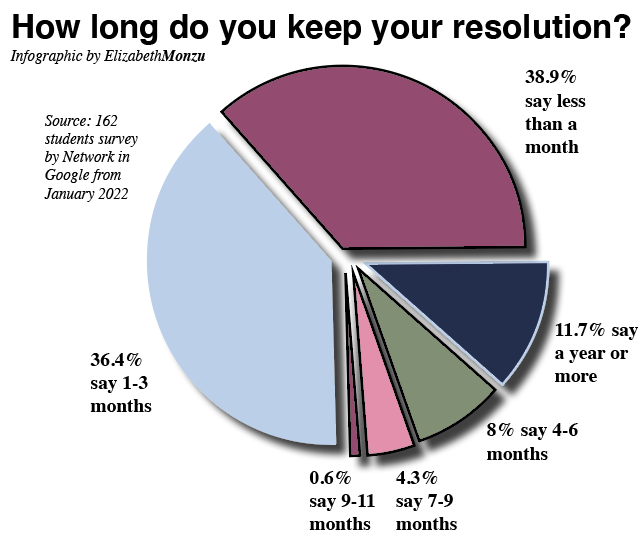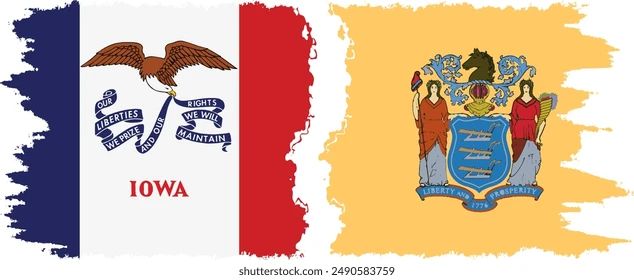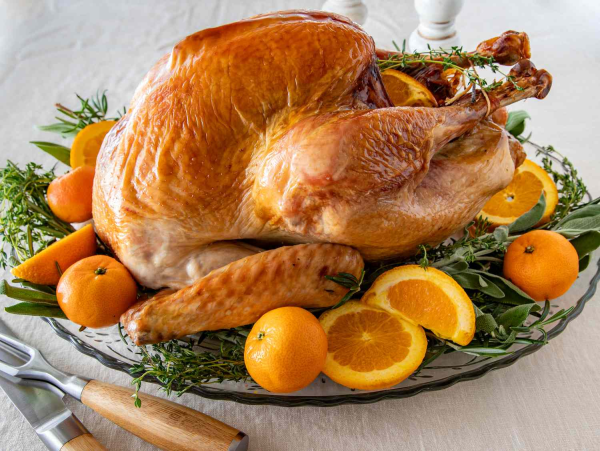
The celebration of Thanksgiving began during the time of the earlier North American settlers (1600s). In September 1620, a ship from England, called the Mayflower, arrived in the “New World”, carrying 102 passengers, who left England in hopes of religious freedom. The passengers ended up in modern day Plymouth, Massachusetts and became known as the Pilgrims.
The Pilgrims struggled to adapt to their new environment as they weren’t familiar with the land and didn’t know how to plant and harvest crops. They were also highly susceptible to illnesses like scurvy and outbreaks of contagious diseases. By the time they met a Native American Abenaki tribe member, only about half the original crew had survived. It was with the help of a Native American from the Abenaki tribe and a man named Squanto from the Patuxet tribe that the Pilgrims were able to survive (History). Squanto, who had already gone through a great ordeal of suffering as a slave in London, taught them how to extract sap from maple trees, avoid poisonous plants, cultivate corn, catch fish in the rivers, and many other important survival skills to help the Pilgrims thrive in their new home. Squanto also helped forge an alliance between the Pilgrims and the local tribe, the Wampanoag, which held fast for over 50 years.
Even though the conflicts between the Native Americans and first settlers are rarely acknowledged, the celebration of Thanksgiving was all thanks to the Native Americans’ guidance, leading to the Pilgrims’ first successful harvest.
During this three-day celebration, the Pilgrims used the food resources they had available. With the use of native spices and herbs, they prepared a feast with deer, a variety of wildfowl, cod, flint, bass, native fruits, and assorted corn (used for dishes like cornbread and porridge) harvested by the Native Americans. The Thanksgiving Feast was plentiful and had numerous dishes, yet no text explicitly states that the turkey was present during the first Thanksgiving meal. Then how did turkey go from “maybe on the menu” to an American Thanksgiving must-have? Well, many historians believe turkey was likely present because of three reasons:
- Turkey was found in an abundance as there were more than 10 million turkeys in the Americas when the first settlers arrived (Britannica).
- Turkeys were almost always available for slaughtering on family farmers during the time period.
- One turkey was usually large enough to feed a family, so it was a quantitatively convenient food source.
With these facts in mind, the turkey’s place in the tradition of Thanksgiving seems to have taken root based on practicality. But should we keep this mythology alive (unlike the turkey)?
Based on the polling of my fellow students and staff at James Caldwell High School, turkey should continue to be served on Thanksgiving Day. Despite the misconception that turkey was served on that first Thanksgiving day back in the 1600s, the turkey on the platter serves as a steadfast tradition within American culture. When I polled my classmates, the response was unanimous: “Why mess with tradition?” said a baffled sophomore. Even though I personally do not see the turkey as a necessary dish on the Thanksgiving menu due to its unpalatable dryness and chewy texture, many are in favor of it and look forward to it each year. The traditional value of the turkey at the dinner table far outweighs even the toughest of turkeys yet to be served on Thanksgiving. I doubt the turkey is going anywhere but on our plates this November. Its cultural significance on Thanksgiving stays strong even with pressing questions about whether it should be removed from the menu.
So here’s to the turkey, for being that one bite we love to dread—may it forever take ten minutes to chew!
So, should turkey get booted from the Thanksgiving table? Few think so, for most Americans, it’s tradition with a capital ‘T’—even if it’s as dry as a desert.
Websites Used:
- https://www.history.com/topics/thanksgiving/history-of-thanksgiving
- https://www.britannica.com/story/why-do-we-eat-turkey-on-thanksgiving#:~:text=There%20were%20a%20few%20reasons,almost%20always%20available%20for%20slaughter.
- https://food52.com/blog/20949-what-was-actually-served-at-the-first-thanksgiving#:~:text=There%20are%20only%20two%20surviving,as%20corn%20bread%20and%20porridge







